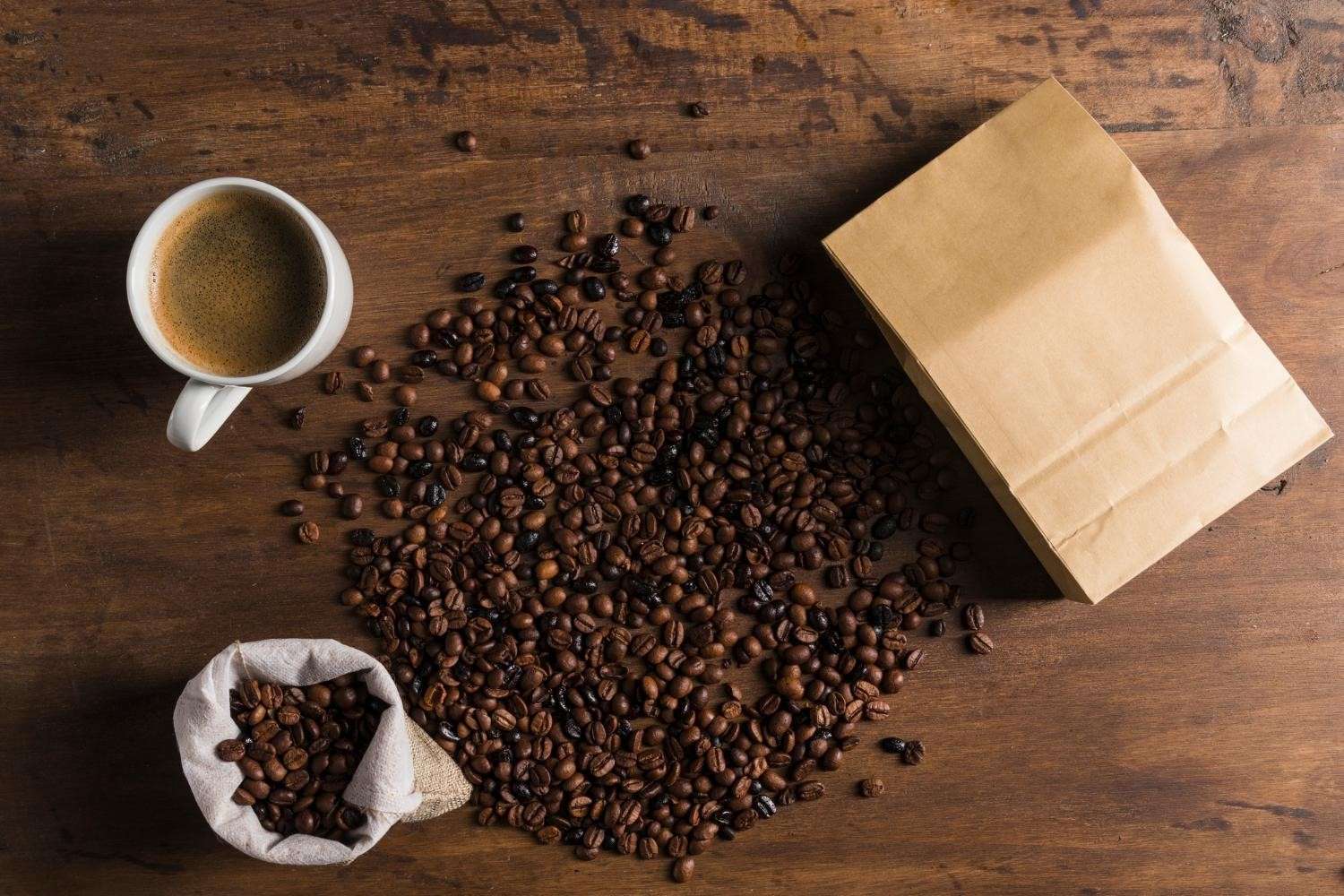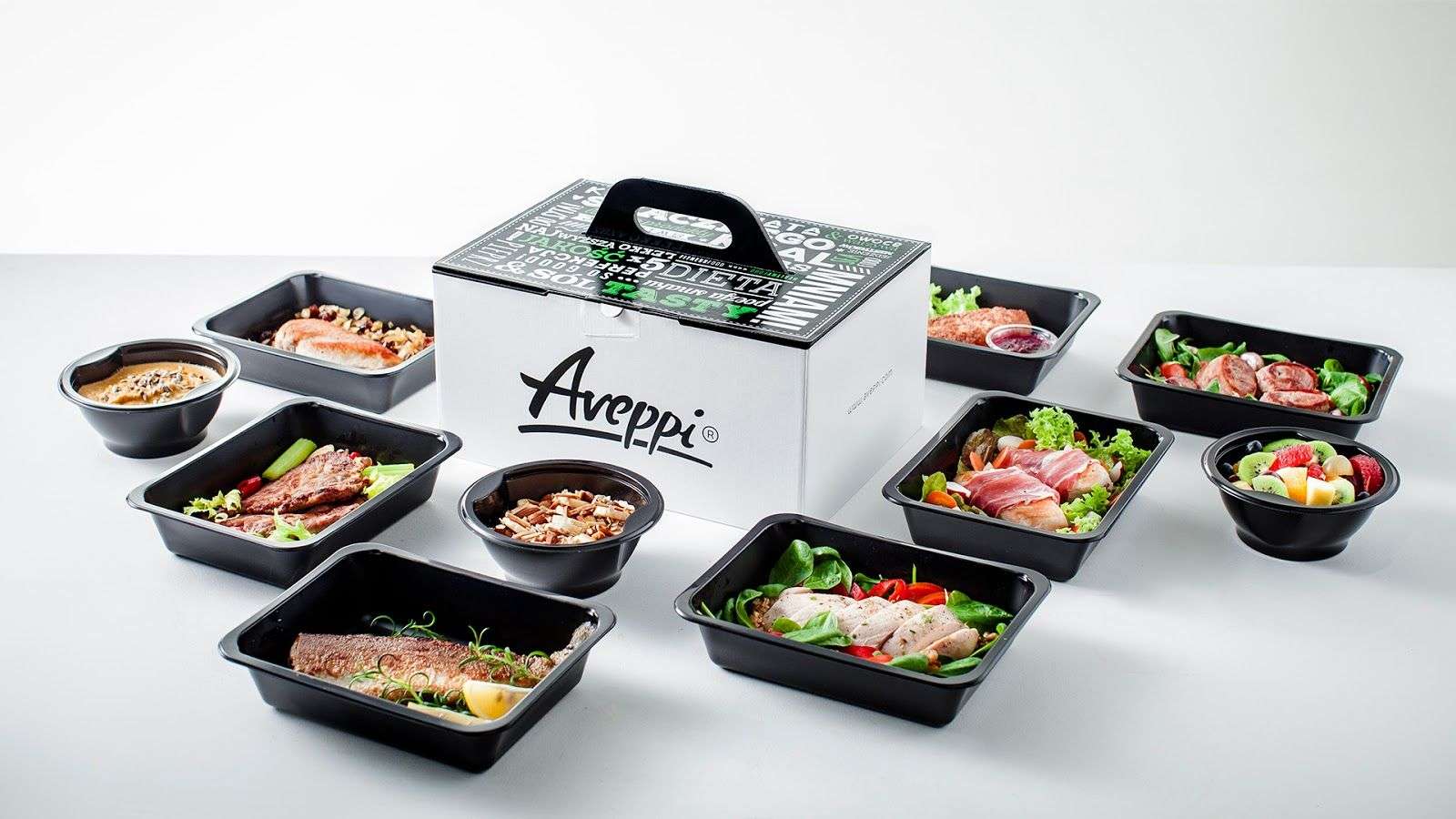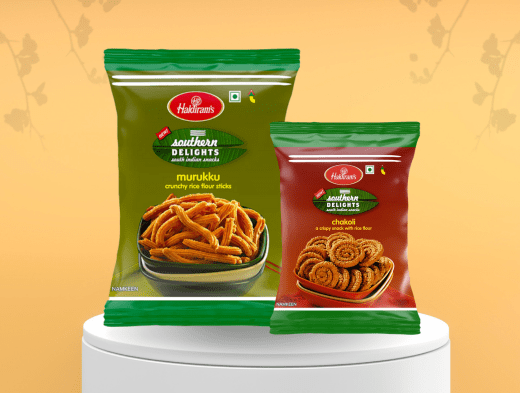Coffee is more than just a morning ritual; it’s a beverage that brings people together and fuels their day. Whether you prefer a robust espresso or a smooth latte, the taste and aroma of coffee largely depend on the coffee bean’s freshness and quality. Proper coffee packaging plays a crucial role in ensuring that the delicate flavours and aromas of the beans are preserved. In this blog, we will explore the significance of packaging in preserving the food quality and freshness of coffee while also considering the importance of packaging coffee sustainably.
Preserving Coffee Beans Freshness and Quality
Coffee beans are highly sensitive to external factors such as oxygen, moisture, light, and heat. Exposure to these elements can accelerate the oxidation process, resulting in the loss of flavour and aroma. Proper coffee packaging acts as a protective barrier, shielding the beans from harmful external influences. Here are a few key factors related to coffee storage and preservation:
1. Oxygen Control
Oxygen is the primary enemy of coffee freshness. It causes oxidation, leading to the deterioration of flavours. High-quality coffee packaging bags employ one-way valves or vacuum seals to release excess carbon dioxide while preventing oxygen from entering the package.
2. Moisture Protection
Coffee beans are hygroscopic, meaning they easily absorb moisture from the environment. Excessive moisture can lead to mold growth and compromise the taste and aroma of the coffee. Proper packaging materials with moisture barriers safeguard the beans from moisture intrusion.
3. Light and UV Protection
Exposure to light, especially UV rays, can degrade the quality of coffee beans. Transparent packaging allows light to penetrate, leading to the breakdown of compounds responsible for the coffee’s unique flavours. Optimal coffee packaging materials are designed to block out light and UV radiation.
4. Heat Insulation
Temperature fluctuations can negatively impact coffee beans, causing them to deteriorate rapidly. Coffee packaging should provide some level of insulation to protect the beans from excessive heat or cold, preserving their freshness and flavours.
Maximizing Coffee Shelf Life
The coffee bean’s freshness is at its peak immediately after roasting. However, without proper packaging, their quality can deteriorate quickly. By utilizing appropriate packaging techniques, coffee producers can extend the shelf life of their products, allowing consumers to enjoy a fresh cup of coffee for longer periods. Effective packaging solutions involve the following aspects:
1. Freshness Seals
Resealable packaging options help maintain the freshness of coffee beans by preventing exposure to air after the initial opening. This enables consumers to use the coffee at their own pace without compromising its quality.
2. Degassing Valves
Coffee beans release carbon dioxide for several days after roasting. Packaging equipped with degassing valves allows the gas to escape while preventing oxygen from entering, ensuring that the beans remain fresh and flavoursome.
Sustainable Coffee Packaging
While preserving coffee freshness and quality is paramount, it is equally important to consider the environmental impact of coffee packaging. Sustainable packaging options have gained significant importance in recent years, promoting responsible practices and reducing waste. Here are a few sustainable packaging alternatives:
1. Compostable Bags
Packaging made from compostable materials, such as plant-based films or paper, decomposes naturally without harming the environment. These bags offer a sustainable solution to conventional plastic packaging.
2. Recyclable Materials
Using packaging made from recyclable materials, such as aluminium or paper, reduces the strain on natural resources and minimizes waste. It encourages consumers to actively participate in recycling programs, supporting a circular economy.
3. Eco-Friendly Labels and Inks
Sustainable coffee packaging goes beyond the material itself. Using eco-friendly labels and inks, free from harmful chemicals, ensures that the entire packaging system adheres to environmentally friendly practices.
Conclusion
Proper coffee packaging is vital for preserving the freshness and quality of coffee beans. By shielding the beans from oxygen, moisture, light, and heat, the packaging ensures that the coffee retains its unique flavours and aromas over an extended period. Furthermore, sustainable coffee packaging options promote responsible practices, reducing waste and minimizing the environmental impact. As consumers, we can make a positive impact by choosing coffee brands that prioritize proper packaging techniques and prioritize sustainability. So, the next time you enjoy your cup of coffee, remember the important role that packaging plays in delivering that perfect brew.










